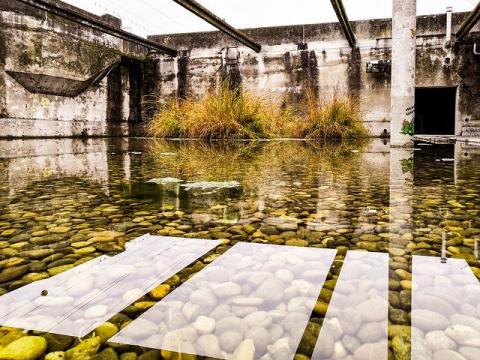Elimination of Microplastics by Downstream Sand Filters in Wastewater Treatment
Elimination of Microplastics by Downstream Sand Filters in Wastewater Treatment
The effects of microplastics on the environment and organisms have not yet been sufficiently studied. However, it has been proven that microplastics can adsorb (harmful) organic substances due to their surface and material properties. These substances can accumulate in the fatty tissue of organisms and cause damage to the organism.
While many studies have identified municipal wastewater treatment plants as a source of microplastic emissions to the environment, there have been few studies on the discharge of microplastics to the environment through industrial wastewater treatment plants.
This paper investigates the removal of microplastic particles and fibers in the final treatment stage (sand filtration) of two municipal wastewater treatment plants and one process wastewater treatment plant of a polyvinyl chloride (PVC) manufacturer. In wastewater treatment plants with a downstream filtration stage, a high separation rate of microplastic particles was observed. Depending on the further use of the sewage sludge, wastewater treatment plants can thus represent an effective sink for microplastics.
The research was conducted as part of the research project EmiStop. The results can be found in detail in the publication, which is available here as an open access paper.
Wolff, Sebastian; Weber, Felix; Kerpen, Jutta; Winklhofer, Miriam; Engelhart, Markus und Barkmann, Luisa (2020): Microplastics by Downstream Sand Filters in Wastewater Treatment. In: Water 2021. Nr. 13(1) 33. 20 S. https://doi.org/10.3390/w13010033

